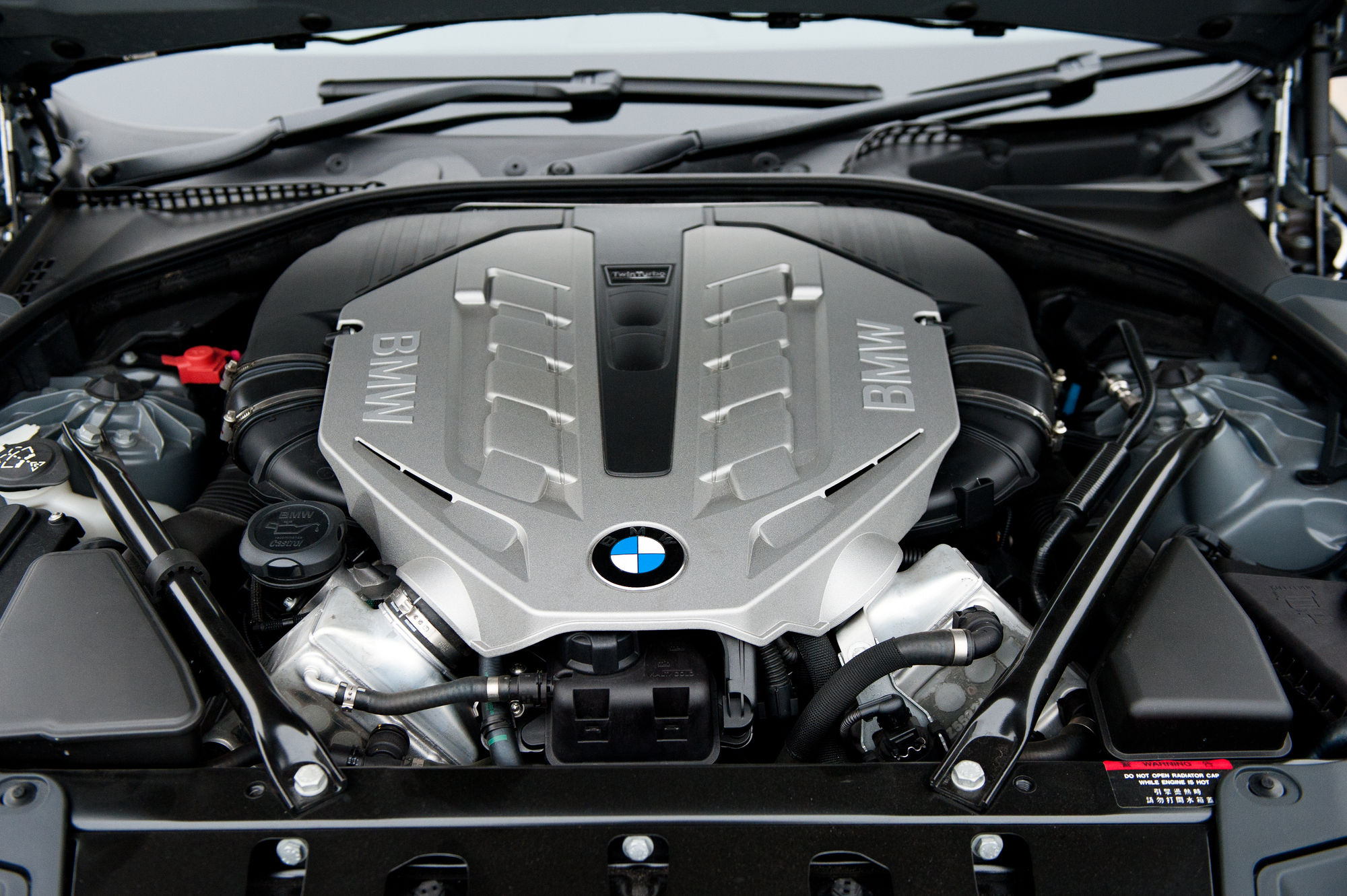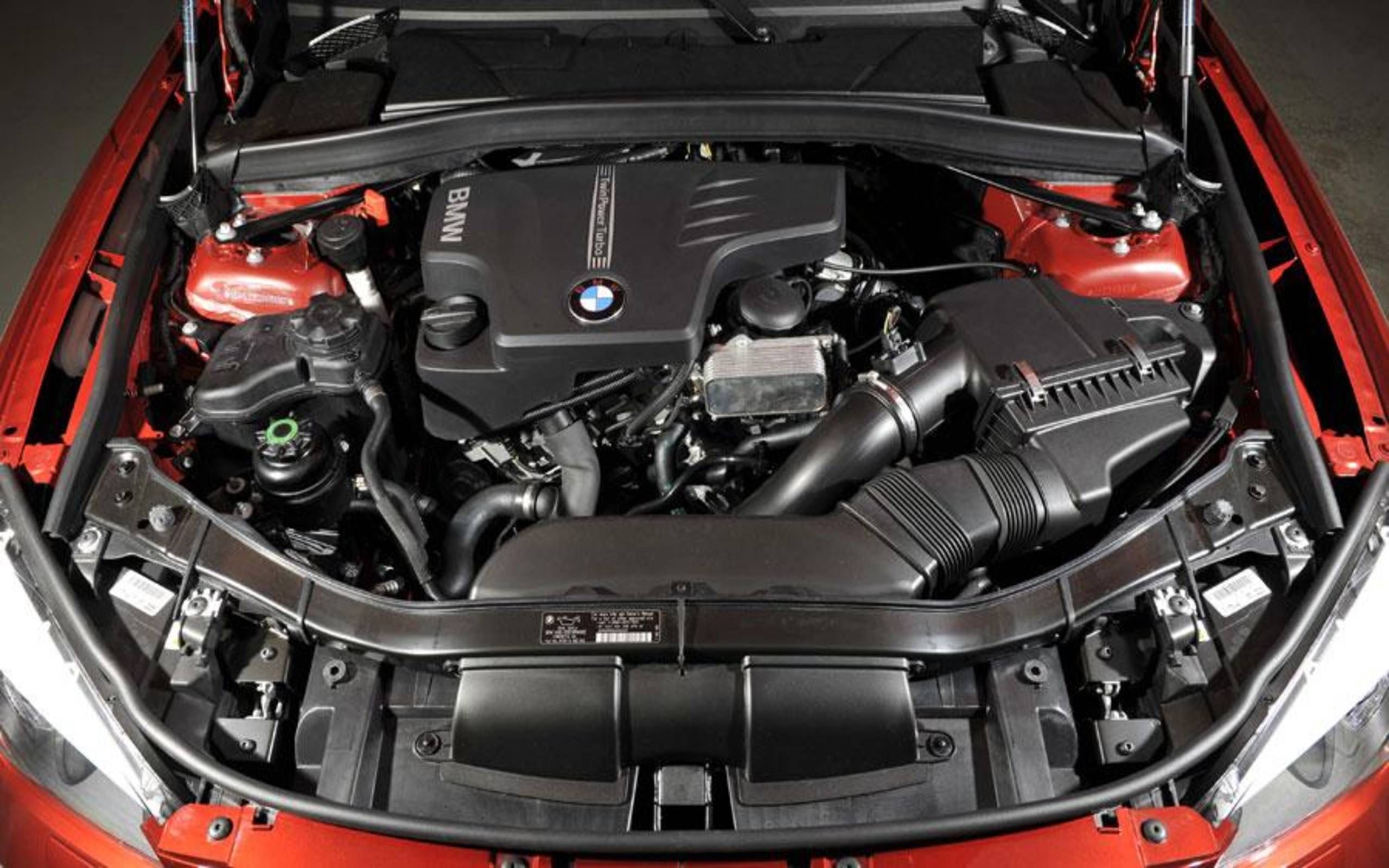Checking Out the Evolution of Burning Engines in Modern Transportation Equipments
As we navigate the landscape of contemporary transportation, the development of combustion engines stands as a testimony to human ingenuity and design prowess. The interplay of history, modern technology, and environmental worries in shaping the trajectory of burning engines produces a story that is both informative and compelling.
Very Early Beginnings of Combustion Engines
Exactly how did the principle of burning engines initial arise in the very early stages of transportation growth? When the concepts of internal combustion were first checked out, the roots of burning engines can be mapped back to the 17th century. In 1673, Christian Huygens conceived a fundamental inner burning engine that used gunpowder to generate power. Nevertheless, it had not been till the late 19th century that useful applications of burning engines in transportation began to arise.
The breakthrough minute featured the creation of the first effective gasoline-powered engine by Karl Benz in 1885 - bmw engine. This engine paved the method for the advancement of the modern vehicle, changing transportation systems worldwide. Succeeding technologies by Nikolaus Otto and Gottlieb Daimler additionally refined combustion engine technology, leading to the automation of vehicles and the rapid expansion of the transport sector
These early combustion engines were identified by their simplicity and efficiency, laying the structure for the complicated and powerful engines made use of in modern transport systems. The advancement of combustion engines has been crucial fit the means we take a trip and transfer products, noting a substantial landmark in the background of transport advancement.
Shift to Internal Combustion Innovation
The transition to inner burning technology noted a pivotal change in the evolution of transport systems. This change began in the late 19th century, with creators like Nikolaus Otto and Gottlieb Daimler creating the initial effective inner combustion engines. These engines reinvented transport by using an extra powerful and effective alternative to vapor engines and electrical motors.
Among the vital benefits of interior combustion engines was their ability to be scaled down to suit automobiles, causing the growth of bikes and vehicles. This change from large, stationary engines to portable, mobile ones led the way for the modern-day transport systems we see today.
The shift to internal combustion modern technology also spurred improvements in fuel technology, resulting in the development of gasoline and diesel as primary gas resources for lorries. This change not only made transport a lot more obtainable to the masses yet likewise laid the structure for the oil and gas market to come to be important to international economic situations.
Impact of Combustion Engines on Transport
The fostering of combustion engines in transportation systems militarized a profound shift in the effectiveness and speed of worldwide mobility. Burning engines reinvented transport by giving a versatile and reliable source of power for various lorries, including vehicles, ships, vehicles, and airplanes. This innovation dramatically improved the capability for goods and people to relocate over cross countries in shorter amount of time, resulting in increased connectivity in between regions and countries.
Additionally, the extensive use combustion engines has had a substantial influence on economic development. The ability to deliver goods effectively has spurred trade and commerce, permitting organizations to expand their markets and reach consumers worldwide. This has assisted in financial development useful link and globalization, as items can currently be moved faster and in bigger amounts than ever.
Nonetheless, the ecological effect of burning engines can not be ignored. The burning of fossil fuels has led to air pollution and greenhouse gas emissions, adding to climate adjustment and presenting health and wellness threats to populaces. bmw engine. Therefore, there is a growing focus on developing alternate propulsion modern technologies to mitigate these adverse results and produce a more sustainable future for transportation
Advancements in Burning Engine Layout
One remarkable technology is the advancement of turbocharged engines, which make use of exhaust gases to drive a generator that presses incoming air, enabling for even more gas to be scorched, resulting in boosted power output without a considerable boost in engine size. Variable shutoff timing systems have additionally revolutionized engine layout by maximizing air flow at various engine rates, improving both power and effectiveness. These innovations collectively contribute to the continual renovation of burning engines in contemporary transportation systems.
Future Patterns in Burning Engine Advancement
With innovation developments driving continuous innovation, the future of combustion engine development is positioned to reinvent transport systems worldwide. One of the essential trends in burning engine advancement is the push towards higher efficiency and lowered discharges. Suppliers are spending greatly in research and advancement to improve engine performance while satisfying rigorous environmental policies. This includes the assimilation of innovative gas injection systems, improved turbocharging approaches, and the usage of light-weight products to optimize gas consumption and decrease carbon exhausts.
An additional prominent pattern is the adoption of hybrid modern technologies in combustion engines. Hybrid engines integrate traditional combustion modern technology with electrical power, using improved gas effectiveness and reduced exhausts. As the auto industry shifts in the direction of electrification, hybrid burning engines are viewed as a transitional solution that links the void in between conventional vehicles and fully electric ones.
Additionally, the assimilation of wise innovations, such as expert system and data analytics, is anticipated to play a substantial role in the future of combustion engine advancement. wikipedia reference These innovations can optimize engine performance in real-time, causing extra reliable burning procedures and improved total automobile performance. Accepting these future fads will not only drive development in burning engine growth yet additionally contribute to an extra lasting and eco pleasant transport ecological community.

Conclusion
To conclude, the development of burning engines in modern-day transport systems has actually been marked by substantial advancements in technology and layout. From the very early beginnings of combustion engines to the transition to interior combustion technology, these engines have actually had an extensive influence on transportation. Innovations in burning engine layout continue to drive progress in this field, with future trends concentrating on more improving efficiency and decreasing exhausts. The future of burning engines in transport looks appealing as research and advancement initiatives Visit Your URL continue to press boundaries.
The origins of combustion engines can be mapped back to the 17th century when the principles of inner burning were first explored. These engines reinvented transport by offering a more effective and powerful alternative to heavy steam engines and electrical motors.

Comments on “The Advancement of the BMW Engine: A Look Back at Iconic Designs”